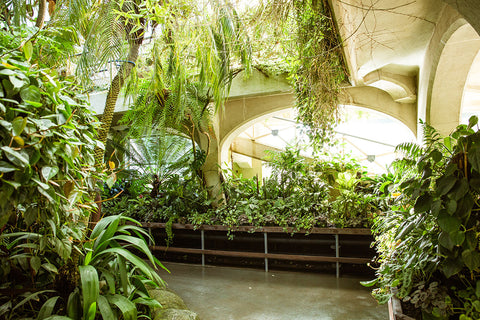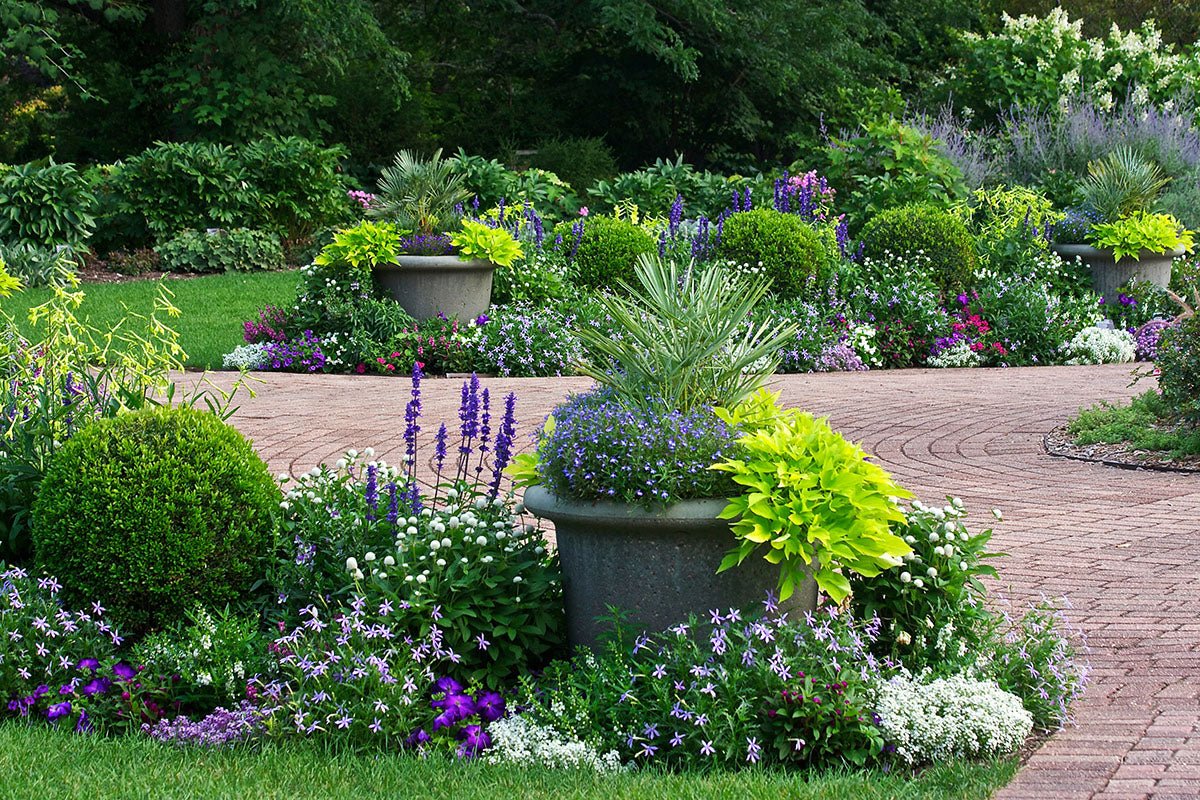A Beginner's Guide to Underplanting Techniques and Best Plant Choices
Underplanting is a popular gardening technique that involves planting smaller plants beneath larger ones to create visual interest and add depth to a garden or container.
While we often associate underplanting with outdoor landscapes, it can also be successfully implemented with houseplants, breathing new life into your indoor spaces.
In this beginner's guide, we will explore the art of underplanting houseplants, discuss suitable plant selections, and provide helpful tips to ensure successful and thriving arrangements.
The Basics of Underplanting with Houseplants
Underplanting is not limited to outdoor gardens and can be just as effective indoors.
Large houseplants in spacious containers often leave exposed bare soil, which can be visually unappealing.
Underplanting can address this issue by covering the bareness and softening the container's edges.
It is a technique commonly observed in botanical gardens but can be easily replicated in your own home.
Inspiring Examples of Underplanting in Containers
To spark your creativity, here are some stunning examples of underplanting in containers that have been observed in conservatories:
Palm with Underplanting
imagesource floridapalmtrees
‘Golden’ Pothos Underneath
imagesource plantpeddler
Kalachuchi with Philodendron
imagesource hfriday
English Ivy
imagesource The Frustrated Gardener
Bromeliads
imagesource bromsqueensland
Sansevieria/Dracaena
Imagesource Stockphotos
Choosing Compatible Plants for Underplanting
One crucial consideration in underplanting is selecting plants that share similar soil and moisture requirements.
Compatibility is key to ensure harmonious growth and longevity of the underplantings.
Opting for trailing plants that gracefully drape over the container's edges is a popular choice as it adds a touch of softness and elegance.
However, it's important to note that not all plants can be successfully underplanted together.
For instance, planting moisture-loving plants such as Pothos or Philodendrons under a cactus could lead to the demise of the latter, as their watering needs differ significantly.
Temporary Underplanting for Seasonal Variety
Underplanting also offers an opportunity to introduce temporary additions to your containers, allowing for seasonal changes and a dynamic display throughout the year.
Consider incorporating flowers like mums during the fall or poinsettias for the holiday season.
These temporary underplantings can add a festive touch to your container arrangements, making them perfect for special occasions and gatherings.
Ground Cover vs. Underplanting in Containers
While underplanting typically involves arrangements within containers, it's worth noting that underplanting techniques can also be applied to larger plant beds.
Ground cover plants, like Fittonia, can serve as excellent underplantings when placed around larger houseplants that thrive in moist soil.
This combination adds texture and visual interest to your indoor landscapes.
Mixed Containers: A Fusion of Houseplants
Mixed containers allow you to experiment with a variety of houseplants within a single arrangement.
Similar to the annual containers we often create in outdoor gardens, mixed containers can be a creative and vibrant way to showcase different plant species in your indoor spaces.
The colors, shapes, and textures will create an eye-catching display that breathes life into any room.

Underplanting is a versatile technique that can be applied to indoor and outdoor gardening, bringing depth and visual appeal to your houseplant collections.
By selecting compatible plants, paying attention to moisture and lighting needs, and embracing temporary additions or ground cover options, you can create stunning underplantings that elevate the aesthetics of your indoor spaces.
Remember to choose plants that complement each other in terms of soil and moisture requirements.
Avoid pairing plants with drastically different watering needs to ensure their optimal health and growth.
Trailing plants are excellent choices for underplanting, as they gracefully cascade over the edges of containers, softening their appearance and adding a touch of elegance.
For those seeking seasonal variety, consider incorporating temporary underplantings in your containers.
Swap out flowers according to the season, such as mums in the fall or poinsettias during the holidays, to create a festive atmosphere.
These temporary additions can be changed throughout the year, providing a fresh and dynamic look to your indoor plant displays.
Additionally, underplanting is not limited to containers alone. It can also be applied to larger plant beds, allowing ground cover plants like Fittonia to serve as underplantings for larger houseplants.
This combination adds texture and visual interest to your indoor landscapes, creating a lush and layered effect.

If you're feeling adventurous, try creating mixed containers by combining various houseplants in a single arrangement. Similar to outdoor annual containers, mixed indoor containers offer an opportunity to experiment with different plant species, colors, shapes, and textures. The result is a captivating display that breathes life into any room and serves as a focal point of visual interest.








